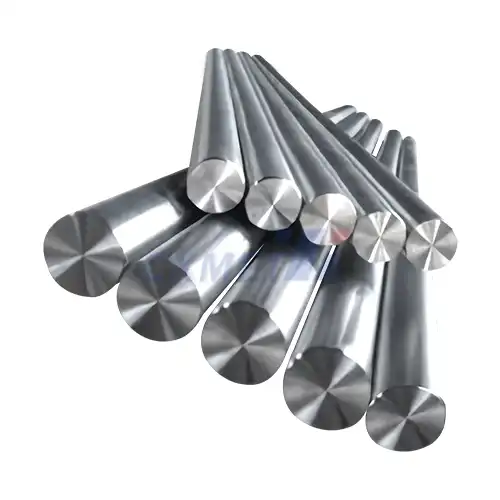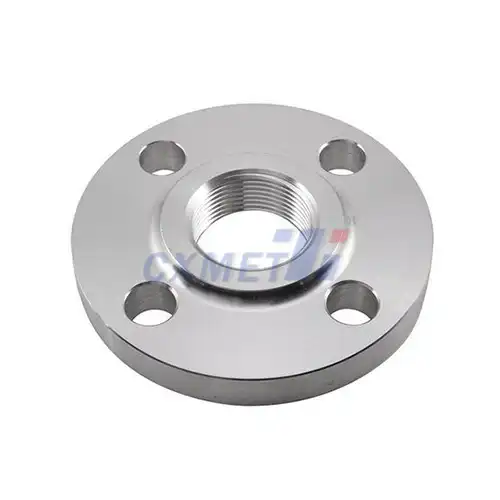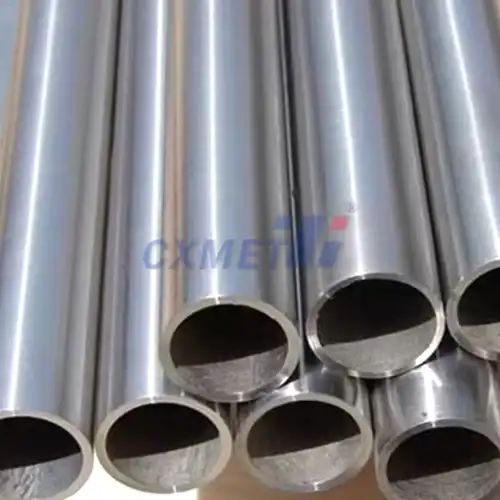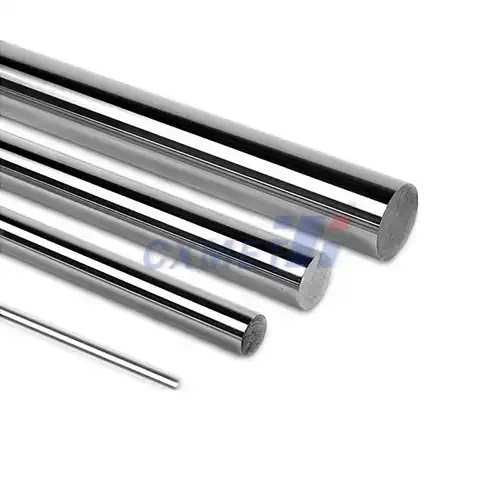- English
- French
- German
- Portuguese
- Spanish
- Russian
- Japanese
- Korean
- Arabic
- Greek
- German
- Turkish
- Italian
- Danish
- Romanian
- Indonesian
- Czech
- Afrikaans
- Swedish
- Polish
- Basque
- Catalan
- Esperanto
- Hindi
- Lao
- Albanian
- Amharic
- Armenian
- Azerbaijani
- Belarusian
- Bengali
- Bosnian
- Bulgarian
- Cebuano
- Chichewa
- Corsican
- Croatian
- Dutch
- Estonian
- Filipino
- Finnish
- Frisian
- Galician
- Georgian
- Gujarati
- Haitian
- Hausa
- Hawaiian
- Hebrew
- Hmong
- Hungarian
- Icelandic
- Igbo
- Javanese
- Kannada
- Kazakh
- Khmer
- Kurdish
- Kyrgyz
- Latin
- Latvian
- Lithuanian
- Luxembou..
- Macedonian
- Malagasy
- Malay
- Malayalam
- Maltese
- Maori
- Marathi
- Mongolian
- Burmese
- Nepali
- Norwegian
- Pashto
- Persian
- Punjabi
- Serbian
- Sesotho
- Sinhala
- Slovak
- Slovenian
- Somali
- Samoan
- Scots Gaelic
- Shona
- Sindhi
- Sundanese
- Swahili
- Tajik
- Tamil
- Telugu
- Thai
- Ukrainian
- Urdu
- Uzbek
- Vietnamese
- Welsh
- Xhosa
- Yiddish
- Yoruba
- Zulu
What are the Material Properties of GR11 Titanium Wire?
2024-08-08 17:29:44
GR11 titanium wire is a high-performance material known for its exceptional strength-to-weight ratio, corrosion resistance, and biocompatibility. This alloy, composed primarily of titanium with small amounts of other elements, offers a unique combination of properties that make it valuable in various industries, from aerospace to medical applications. Understanding the material properties of GR11 titanium wire is crucial for engineers, designers, and researchers seeking to leverage its advantages in their projects.
How does GR11 Titanium Wire compare to other titanium alloys?
GR11 titanium wire belongs to the family of alpha-beta titanium alloys, which offer a balance of strength and ductility. When compared to other titanium alloys, GR11 stands out in several ways:
Strength: GR11 titanium wire exhibits excellent tensile strength, typically ranging from 900 to 1100 MPa (130 to 160 ksi). This high strength-to-weight ratio makes it superior to many other titanium alloys, including the widely used Ti-6Al-4V (Grade 5). The enhanced strength of GR11 is attributed to its unique composition and microstructure, which includes a combination of alpha and beta phases.
Ductility: Despite its high strength, GR11 titanium wire maintains good ductility, with elongation values generally between 10% and 15%. This property allows for easier forming and shaping of the wire without compromising its structural integrity. The balanced alpha-beta microstructure contributes to this favorable combination of strength and ductility.
Corrosion Resistance: Like other titanium alloys, GR11 exhibits exceptional corrosion resistance. However, it outperforms many other grades in harsh environments, particularly in seawater and chloride-rich atmospheres. This superior corrosion resistance is due to the formation of a stable, passive oxide layer on the surface of the wire, which protects it from further oxidation and chemical attack.
Temperature Performance: GR11 titanium wire maintains its mechanical properties over a wide range of temperatures. It performs well in both cryogenic conditions and at elevated temperatures up to about 400°C (752°F). This temperature stability sets it apart from some other titanium alloys that may experience significant property changes at extreme temperatures.
Weldability: GR11 titanium wire demonstrates good weldability, which is crucial for many applications. It can be welded using various techniques, including TIG (Tungsten Inert Gas) welding and laser welding, without significant loss of mechanical properties. This weldability is superior to some other high-strength titanium alloys that may be more challenging to join.
Fatigue Resistance: The fatigue resistance of GR11 titanium wire is notably high, surpassing that of many other titanium alloys. This property is particularly important in applications involving cyclic loading, such as aerospace components or medical implants. The combination of high strength and good ductility contributes to its excellent fatigue performance.
What are the key applications of GR11 Titanium Wire in industry?
GR11 titanium wire finds applications across various industries due to its exceptional properties. Some key applications include:
Aerospace Industry: In the aerospace sector, GR11 titanium wire is utilized in critical components where high strength-to-weight ratio and excellent fatigue resistance are paramount. It is used in the manufacture of aircraft fasteners, springs, and specialized structural elements. The wire's ability to withstand high stresses and resist corrosion makes it ideal for both internal and external aircraft components exposed to harsh environmental conditions.
Medical and Dental Applications: The biocompatibility of GR11 titanium wire makes it an excellent choice for medical implants and dental prosthetics. It is used in orthopedic applications such as bone screws, plates, and spinal fixation devices. In dentistry, GR11 wire is employed in orthodontic appliances and dental implant components. Its corrosion resistance and non-allergenic properties ensure long-term stability within the human body.
Chemical Processing Industry: The exceptional corrosion resistance of GR11 titanium wire is particularly valuable in chemical processing equipment. It is used in the construction of heat exchangers, pumps, and valves that handle corrosive chemicals. The wire's ability to withstand aggressive environments while maintaining its structural integrity makes it a cost-effective choice for long-term industrial applications.
Marine Engineering: In marine environments, where corrosion is a significant concern, GR11 titanium wire finds extensive use. It is employed in the fabrication of underwater sensors, offshore drilling equipment, and marine research instruments. The wire's resistance to saltwater corrosion and its high strength make it ideal for these demanding applications.
Automotive Industry: Although less common than in aerospace, GR11 titanium wire is used in high-performance automotive applications. It is found in racing car components, specialized suspension systems, and exhaust systems where weight reduction and high temperature resistance are critical.
Energy Sector: In the oil and gas industry, GR11 titanium wire is used in downhole tools and offshore equipment due to its corrosion resistance and high strength. It is also employed in geothermal energy systems where high temperatures and corrosive fluids are encountered.
Sports Equipment: The high strength-to-weight ratio of GR11 titanium wire makes it attractive for use in high-end sports equipment. It is used in the manufacture of golf club shafts, bicycle frames, and tennis racket strings, providing enhanced performance and durability.
Jewelry and Decorative Arts: The unique properties of GR11 titanium wire, combined with its hypoallergenic nature, make it suitable for use in jewelry making. It is used to create intricate designs, settings for gemstones, and durable yet lightweight body piercings.
How is GR11 Titanium Wire manufactured and processed?
The manufacturing and processing of GR11 titanium wire involve several sophisticated steps to achieve the desired properties and dimensions:
Raw Material Preparation: The process begins with the careful selection and preparation of raw materials. High-purity titanium sponge is combined with precise amounts of alloying elements, such as aluminum, vanadium, and other trace elements, to create the GR11 alloy composition.
Melting and Ingot Formation: The raw materials are melted in a vacuum or inert atmosphere to prevent contamination. This is typically done using vacuum arc remelting (VAR) or electron beam melting (EBM) processes. The molten metal is then cast into ingots, which serve as the starting point for further processing.
Forging and Rolling: The ingots undergo hot forging to break down the cast structure and improve the material's properties. This is followed by a series of hot rolling operations to reduce the cross-sectional area and begin forming the wire shape.
Heat Treatment: The rolled material undergoes specific heat treatment cycles to achieve the desired microstructure and mechanical properties. This may include solution treatment and aging processes to optimize the balance between strength and ductility.
Wire Drawing: The heat-treated material is then drawn through a series of progressively smaller dies to reduce its diameter and achieve the final wire dimensions. This cold working process significantly increases the strength of the wire.
Intermediate Annealing: During the wire drawing process, intermediate annealing steps may be performed to relieve internal stresses and maintain the wire's ductility. The temperature and duration of these annealing treatments are carefully controlled to achieve the optimal balance of properties.
Surface Treatment: The drawn wire may undergo surface treatments such as pickling, passivation, or electropolishing to enhance its corrosion resistance and improve its surface finish.
Quality Control: Throughout the manufacturing process, rigorous quality control measures are implemented. This includes chemical composition analysis, microstructure examination, and mechanical property testing to ensure the wire meets the required specifications.
Packaging and Storage: The finished GR11 titanium wire is carefully packaged to protect it from contamination and damage. Proper storage conditions are maintained to preserve the wire's properties until it reaches the end-user.
The manufacturing process of GR11 titanium wire requires precise control over every stage to achieve the desired combination of strength, ductility, and corrosion resistance. Advanced technologies and expertise in metallurgy are essential to produce high-quality wire that meets the demanding requirements of various industries.
At SHAANXI CXMET TECHNOLOGY CO., LTD, we take pride in our extensive product range, which caters to diverse customer needs. Our company is equipped with outstanding production and processing capabilities, ensuring the high quality and precision of our products. We are committed to innovation and continuously strive to develop new products, keeping us at the forefront of our industry. With leading technological development capabilities, we are able to adapt and evolve in a rapidly changing market. Furthermore, we offer customized solutions to meet the specific requirements of our clients. If you are interested in our products or wish to learn more about the intricate details of our offerings, please do not hesitate to contact us at sales@cxmet.com. Our team is always ready to assist you.
References:
1. Lutjering, G., & Williams, J. C. (2007). Titanium (2nd ed.). Springer-Verlag Berlin Heidelberg.
2. Boyer, R., Welsch, G., & Collings, E. W. (1994). Materials Properties Handbook: Titanium Alloys. ASM International.
3. Leyens, C., & Peters, M. (Eds.). (2003). Titanium and Titanium Alloys: Fundamentals and Applications. Wiley-VCH.
4. Donachie, M. J. (2000). Titanium: A Technical Guide (2nd ed.). ASM International.
5. Peters, M., Kumpfert, J., Ward, C. H., & Leyens, C. (2003). Titanium Alloys for Aerospace Applications. Advanced Engineering Materials, 5(6), 419-427.
6. Rack, H. J., & Qazi, J. I. (2006). Titanium alloys for biomedical applications. Materials Science and Engineering: C, 26(8), 1269-1277.
7. Elias, C. N., Lima, J. H. C., Valiev, R., & Meyers, M. A. (2008). Biomedical applications of titanium and its alloys. JOM, 60(3), 46-49.
8. Wagner, L. (1999). Mechanical surface treatments on titanium, aluminum and magnesium alloys. Materials Science and Engineering: A, 263(2), 210-216.
9. Titanium Information Group. (2021). Titanium Alloys - Physical Properties. Retrieved from https://www.azom.com/article.aspx?ArticleID=1341
10. ASM International. (2015). ASM Handbook, Volume 2: Properties and Selection: Nonferrous Alloys and Special-Purpose Materials. ASM International.





